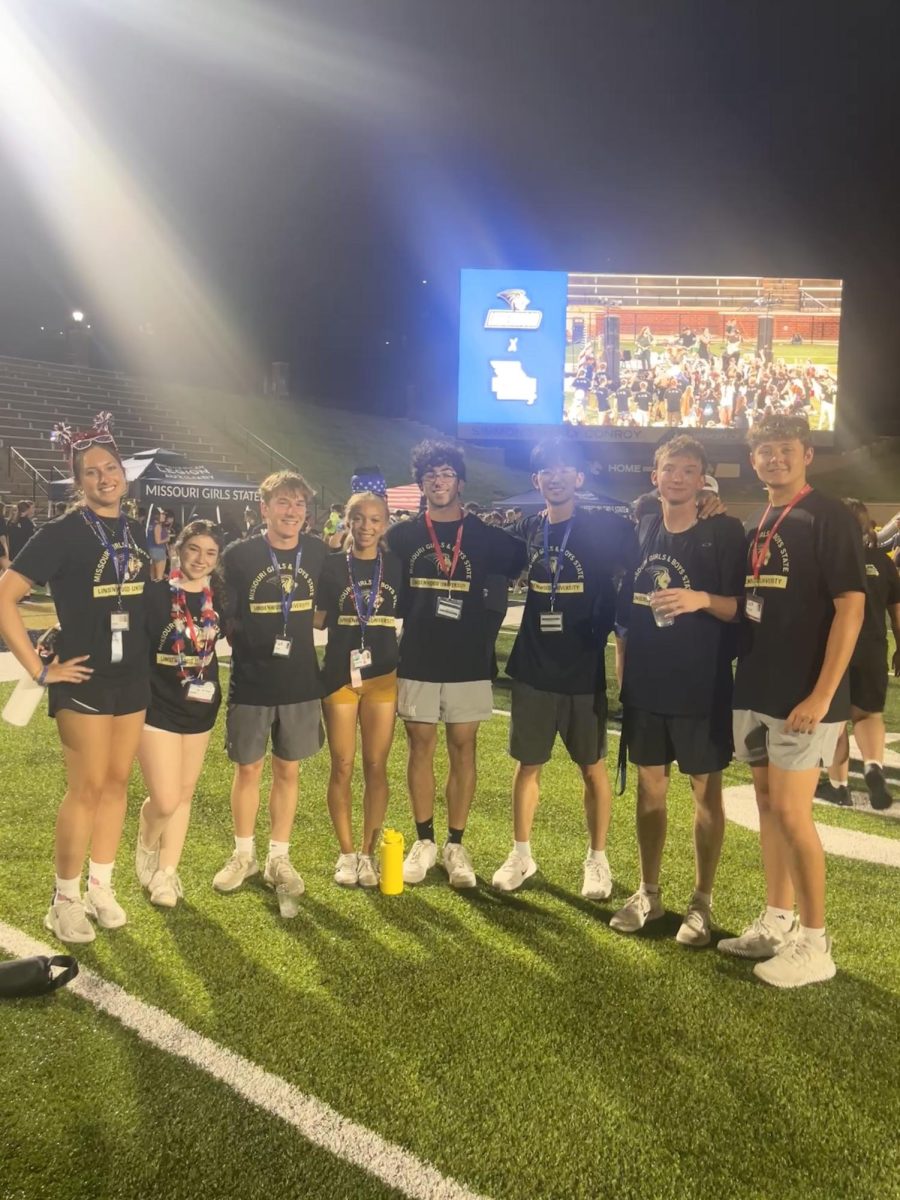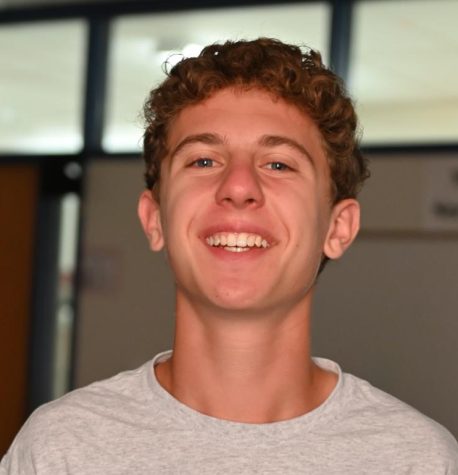For a few years, the corner of Schoettler and Chesterfield Pines has offered visual appeal to drivers passing by. Maria Conley has painted the fence running along the street with album covers, impressionist paintings, social justice work, and more. But how did it all start?
“I started doing it in COVID because I needed an outlet. Something that wasn’t life or death. I was working at the time in the ICU, I loved that work and I would do it all over again. But I needed something that wasn’t important, that it was chalk,” Conley said.
Following the initial works that showed up on the fence, she began to take on more ambitious projects.
“One summer I think I did the whole impressionist wall and then that kind of spiraled into things. I really enjoy the album series, I do that every summer. I try to incorporate as much St. Louis as I can. I know I did Ike and Tina Turner,” Conley shared.
These kinds of projects eventually moved into identity based works, representing both Maria’s background and other populations.
“I’m Hispanic, most of my art kind of gears toward women’s issues and Hispanic things. So I always do something for Hispanic Heritage Month and I would say those have been some of my favorite pieces and then I would say second to that were some of my takes on Black History Month,” Conley said.
While she has strong opinions, Maria must be careful advocating for social justice and diversity. She tries to consider the opinions of those driving by without choice.
“Certain things should be made aware of, but without preaching. The social movements that I’ve done though have been pretty mild. No one has ever had any issue with me putting an RIP Ruth Bader Ginsburg or the piece for Maria Penovkovich, you know, things of that nature. I have not put up the extreme of which I think people would have an issue with, but again I don’t do this for that reason,” Conley said.
Since beginning her journey with street art, Conley has seen a big impact. She believes that other artists can and should achieve similar community influence.
“People drive by periodically and say like, I’ve never seen you actually talking but I love your work, my kids love looking for it and I follow right now a lot of street artists too. To me street art is really important, I don’t like the idea of gatekeeping so pretty much any artist that puts up free art, even if they sell in a gallery that they just put something up for free for people to look at, it should be like that. Everyone has the right to see nice things,” Conley said.
It’s not hard to figure out that chalk work can be easily influenced by the weather. Conley’s murals can be washed away at any time, which is a blessing and a curse.
“I like that’s it’s so forgiving,” Conley said. She can easily rinse off a mistake or redo sections of the mural that don’t end up how she pleased. Funny enough, many neighbors have expressed concern over the weather to Maria. While they sympathize with the artist for the erasure of her work, Conley likes that “when it rains [my work] washes away and I get a new canvas.”
As a matter of fact, the actual process that Conley takes is based heavily off of community response. Any Crayola sidewalk chalk is ground up and mixed with water and serves as a perfect base for Maria’s murals. Inexpensive chalk like Crayola, which Maria is given by many of her neighbors, leaves a sort of transparency. This is excellent for backgrounds and undertones.
Community engagement is a huge motivator for Maria as well. She recalls that neighbors often tell her “‘I’ve never seen you actually chalking but I love your work and my kids love it.’”
Conley hopes to continue strengthening her community through art, educating the public on current events, and perfecting her craft.




